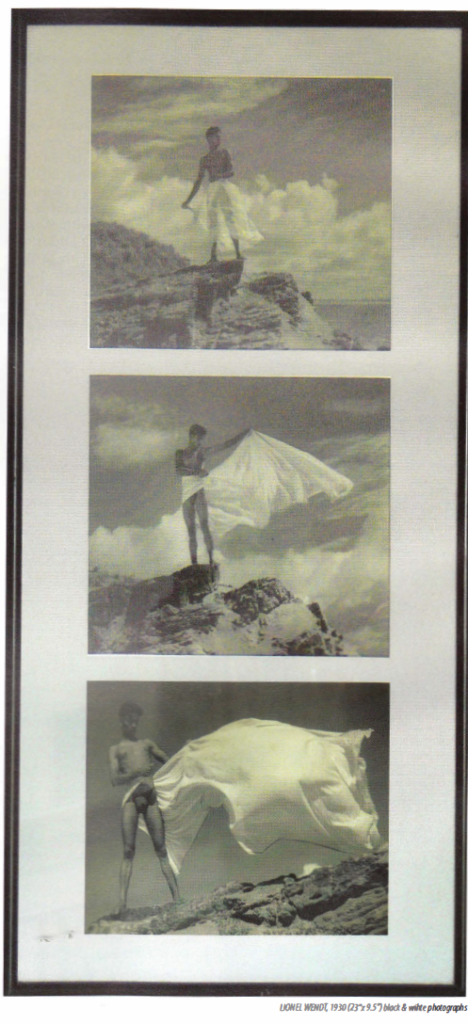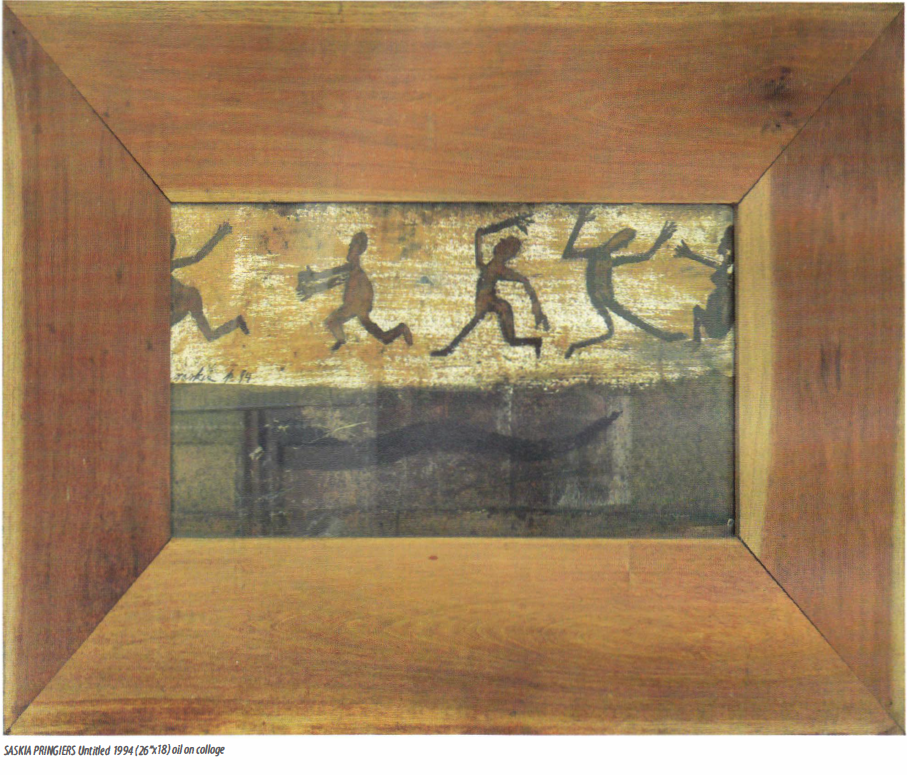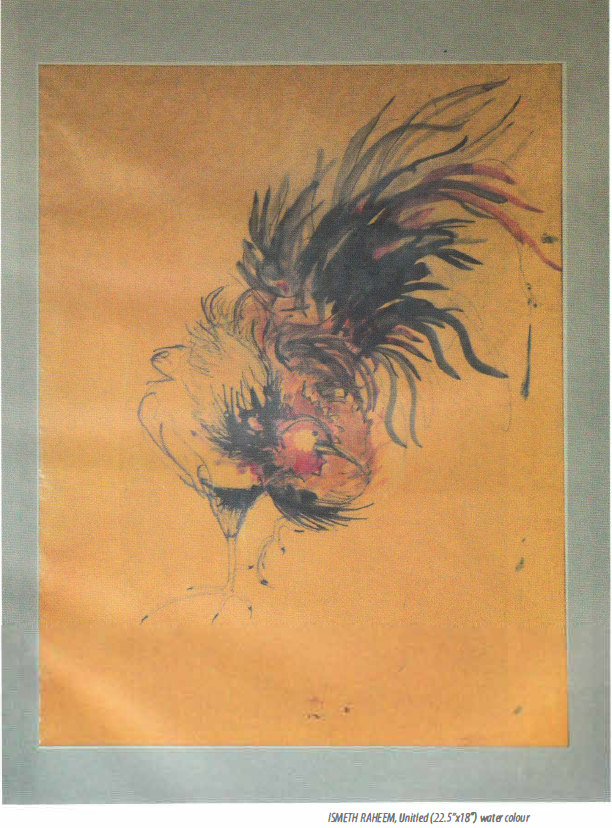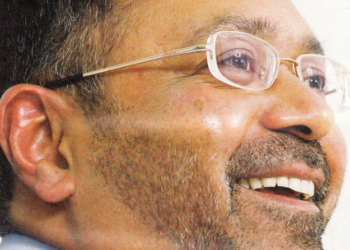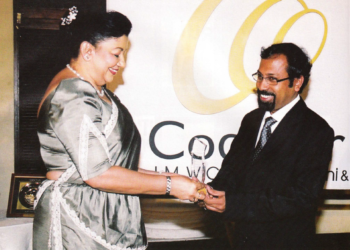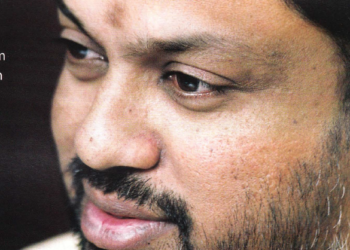An exhibition of a selection of artworks from the private collection of Geoffrey Bawa will be shown at The Gallery Cafe for two weeks from July 23 2006.
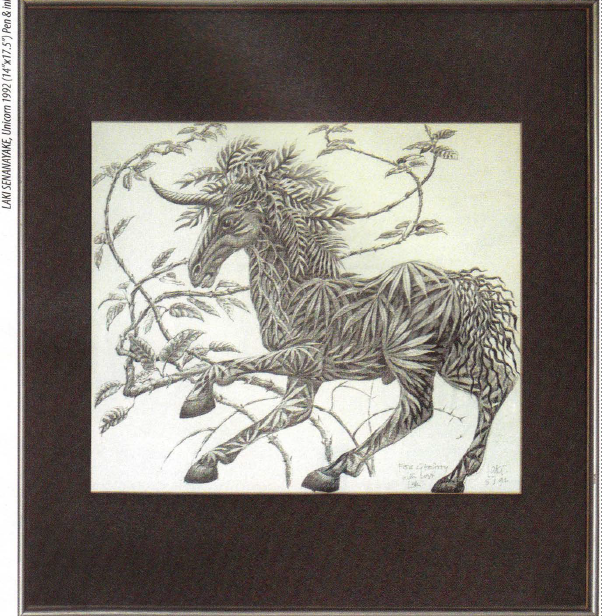
On July 23, 2004 a major retrospective exhibition of Geoffrey Bawa’s work opened at the German Architecture Museum in Frankfurt. By remarkable happenchance that day, picked at random from the calendar by the museum’s director, would have been Bawa’s 85th birthday, had he lived.
The exhibition received rave reviews and was visited by over 20,000 people. Since then two attempts to stage the exhibition in Colombo have been thwarted by the fates. The tsunami forced the cancellation of a show at the Colombo Art Gallery in February 2005, while the current security crisis has led to the last minute cancellation of a plan to show it in the Old Dutch Hospital in July. Not to be deterred the Lunuganga Trust has joined forces with Shanth Fernando, the proprietor of Paradise Road, to organise an impromptu show of artworks from Bawa’s private collection which will open in the Gallery Cafe on 23 July -his eighty-seventh birthday. This exhibition will afford a rare opportunity for the public to see a unique collection of paintings and sculptures by local artists which were acquired by Geoffrey Bawa over a period of 50 years. As well as presenting a interesting cross-section of work from the post-independence half-century it will also cast some light on Bawa’s own tastes and on the achievements of his circle of friends and collaborators.
From the out set of his career Bawa insisted that his clients. commissioned works from local artists.
Geoffrey Bawa’s lawyer father died when he was only three years old and he was brought up by his mother and two aunts. Although one aunt produced an illustrated book for children there is no evidence to suggest that the family was in any way “artistic” or that they owned paintings. Bawa’s elder brother Bevis was a friend and contemporary of Arthur van Langenberg and it seems likely that it was he who first introduced them both to modern painting. Although Bevis Bawa went on to become a planter and part-time soldier, he moved in artistic circles. He was a peripheral member of the 43 Group and his estate at Brief near Aluthgama became an open house for painters and writers. Bawa, meanwhile, spent the war years in Britain, studying English at Cambridge and Law in London. In Cambridge he gained a reputation as an interior designer and began to collect furniture and artworks, and after the war he made several visits to Italy where he developed a passion for renaissance gardens.
Bawa returned to Ceylon in 1948 and bought the rubber estate at Lunuganga which would become the centre of his life. For a few years he pursued a rather desultory career as a lawyer before deciding to devote himself to garden design and architecture. He went back to Britain in 1953 to study at the Architectural Association in London and finally embarked on his career as an architect in Colombo in 1957. We have an interesting record of one of Bawa’s early purchases in the recently published diaries of Australian artist Donald Friend. Friend held an exhibition in Cambridge in February 1953, but it was a flop. On 18 February he wrote: “The only one of those damned drawings that has been sold was bought by a charming fellow called Bawa ….. a cousin (sic) of Bevis … who travelled with us from Ceylon on the Toscana.” Friend had met Bevis en route for Italy in 1948 and had received an invitation “drop in when you’re next in my neck of the woods.” Drop in he did in 1957, the year in which Bawa was embarking on his career as an architect, and stayed in a small house at Brief for nearly five years. There is little doubt that Donald Friend exerted a huge influence on Bevis Bawa and his circle, or that he himself benefited from his stay in Ceylon.
Indeed there are those who aver that he produced his best paintings during that period. He and Bevis experimented with new ways of producing garden sculptures, while with Barbara Sansoni he developed techniques for decorating terra cotta tiles. He served as a mentor and inspiration for young artists Laki Senanayake and Ismeth Raheem, both of whom worked as assistants in Bawa’s office, and he executed a number of panoramic murals for various clients of Bawa. He also collaborated with Bawa’s associate, the Danish architect Ulrik Plesner, to produce a wonderful series of aluminium sculptures. It is not surprising, therefore, that paintings and sculptures by Friend occupy the centre of this collection, alongside the work of Laki Senanayake, Ismeth Raheem and Barbara Sansoni. The most famous of Friend’s Ceylon works, however, is missing: the pair of painted doors which represent “a tropical garden seen at different levels” and once occupied pride of place in the hallway of Bawa’s Colombo home, were sold to the Art Gallery of New South Wales in the early 1990s to be replaced by an unconvincing copy. But other contemporary Sri Lankan painters are also represented: Justin Pieris, George Keyt, Ivan Pieris, Gamini Warnesuriya, Richard Gabriel and Saskia Pringiers. From the outset of his career Bawa insisted that his clients commissioned works from local artists. Thus his classroom block for Bishops College of 1960 incorporated a sculpture of a bishop by the artist Lydia Duccini and the Bentota Beach Hotel of 1969 housed a sculpture of a peacock by Laki Senanayake, a series of paintings by Ismeth Raheem, a mural by Turner Wickremasinghe, a decorated batik ceiling by Ena de Silva and a set of lift doors by Anura Ratnavibushana. Many pieces in his collection were acquired as gifts from the artists in association with such commissions or from grateful clients: a decorated door by Ismeth Raheem, a bo leaf sculpture by Laki Senanayake, a sliver korale flag by Surendra, a batik from Ena de Silva. It could be argued that Bawa never put art on a pedestal and was not impressed by the value of a painting or the reputation of an artist.
Indeed when a painting appreciated in value he was happy to sell it and use the money to buy other pieces. He also had no qualms about having a copy of an artwork made for his own use before selling the original. He appreciated each piece for its particular visual qualities and would accord equal value to a terra cotta horse’s head found at a roadside near Chilaw, or a carved column from Chettinad, or a sketch of a boy by his assistant Narasingham. When he sold a Donald Friend cartoon which had hung for many years in his dining room at 33rd Lane, he was happy to replace it with “Lenin’s Legs”, the bottom section of a huge poster of Lenin which he had bought in Moscow.
One remarkable feature of Bawa’s collection was the way in which he displayed the works both in his home and in his gallery at Lunuganga. He was a master of the art of juxtaposition, mixing “high art” with commonplace “found objects” and placing seemingly unrelated pieces together in a way which enhanced their impact and amplified their meaning. All in all the exhibition promises to offer a feast for the eyes and will serve at least as a small compensation for the cancelled retrospective. Hopefully the people of Sri Lanka will soon be gnmted.the same opportunity as the people of Germany and have the opportunity to see the retrospective of their greatest modem architect for themselves!
David Robson, June 2006 @
